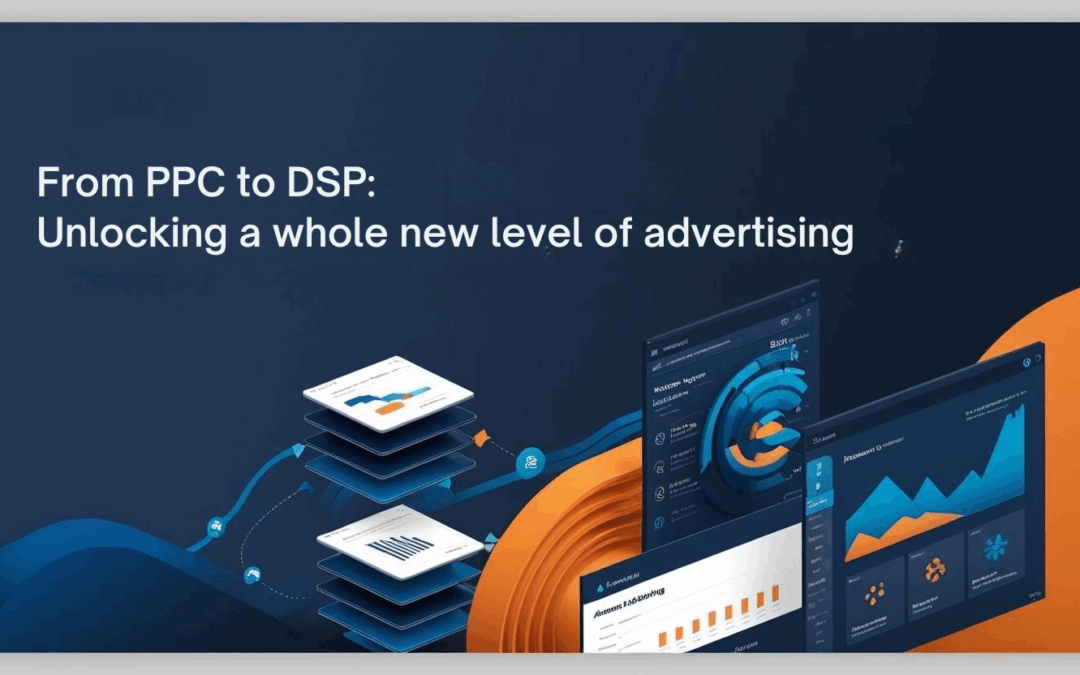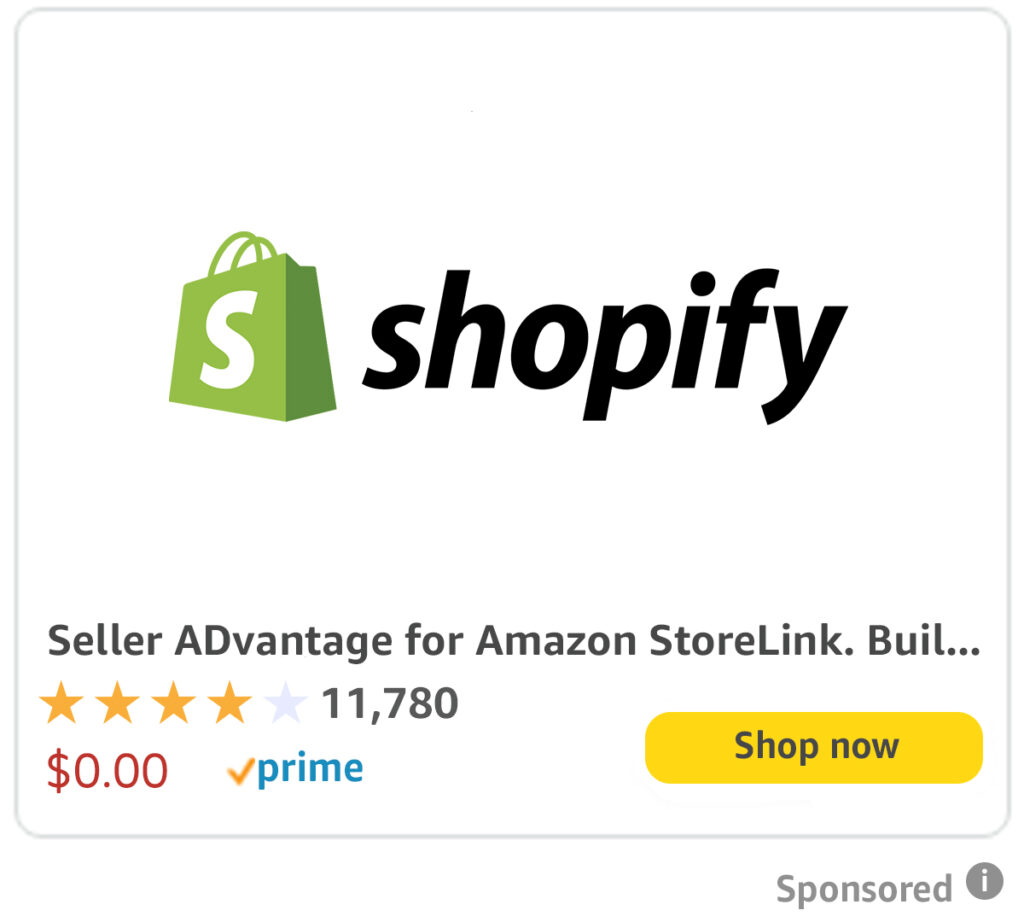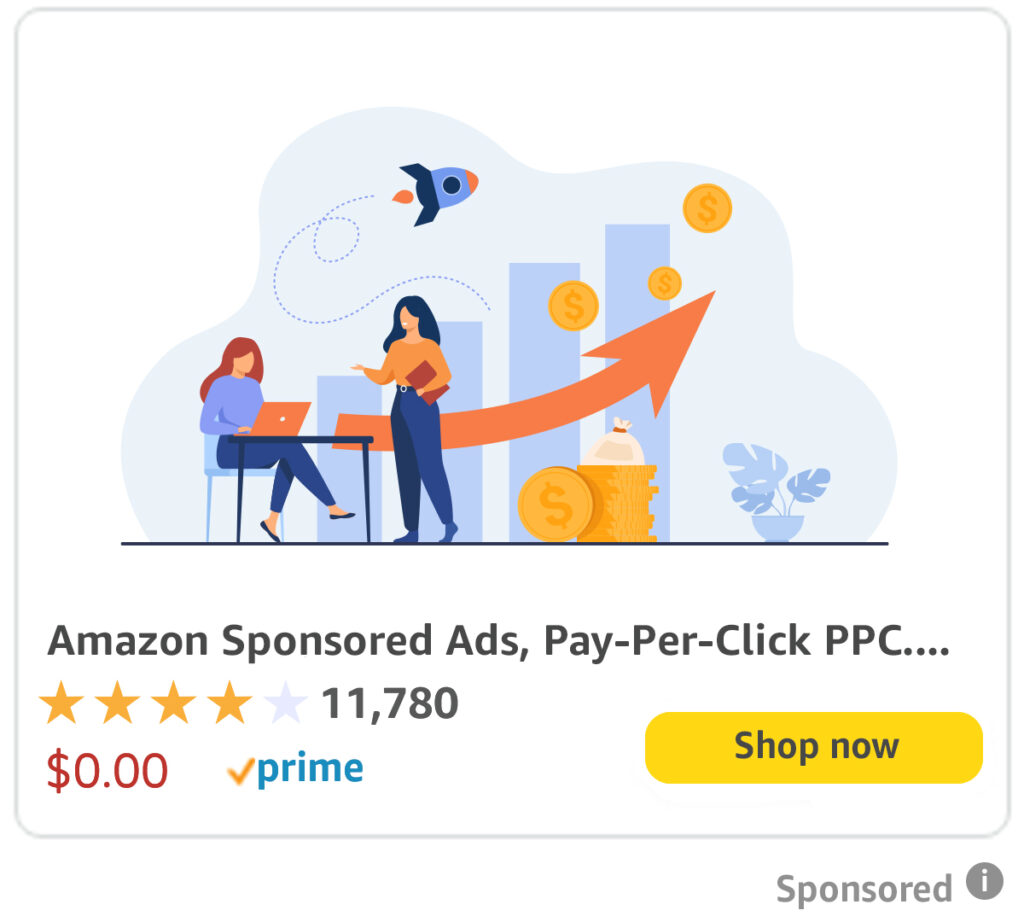Read More
Step-by-Step on SellerADvantage.co.uk
Read on LinkedIn
Read on Medium
Watch on YouTube
From PPC to DSP: Unlocking a Whole New Level of Advertising
Amazon sellers who rely on Sponsored Products, Sponsored Brands, and Sponsored Display already know the power of pay-per-click (PPC) advertising inside the marketplace. Over the past decade, PPC formats have evolved from simple keyword bidding tools into sophisticated, AI-driven levers that let brands fine-tune placements, audiences, and creative assets. Yet even the strongest PPC program still operates within certain boundaries: it can only target shoppers in Amazon’s on-site ecosystem, it concentrates spend on last-click attribution, and its engagement window typically closes the moment a shopper leaves Amazon’s site or app. These limits create blind spots along the path to purchase, especially when shoppers research on third-party sites, comparison blogs, or social feeds before returning to buy. Enter Amazon Ads DSP—the Demand-Side Platform purpose-built to extend a seller’s reach far beyond search results and product detail pages.
Unlike Amazon’s self-service PPC ad types, the DSP doesn’t price ads on clicks. Instead, it buys display, video, audio, and streaming TV impressions on a cost-per-thousand-impressions (CPM) basis—both on Amazon-owned inventory (Fire TV, IMDb, Twitch, Freevee) and across a vast network of third-party publishers that license Amazon Shopping, IMDb, or proprietary Amazon Marketing Cloud (AMC) audience segments. Because Amazon DSP ties every impression back to Amazon’s first-party shopper data, sellers can create highly granular audiences that reflect real retail intent: recent category viewers, lapsed brand purchasers, competitors’ customers, high-lifetime-value look-alikes, and more. The ability to follow shoppers as they browse news sites, watch streaming content, or scroll social networks de-silos marketing touchpoints and closes attribution gaps that PPC alone can’t bridge. When executed correctly, a DSP strategy not only boosts top-of-funnel awareness but also accelerates mid- and lower-funnel conversions—ultimately lowering blended cost of sale (b-ACOS) across the entire account.
This article maps out a pragmatic path for sellers ready to graduate from a PPC-only mindset to a full-funnel approach powered by Amazon DSP. We will break the transformation into three high-impact action points: establishing data discipline, designing audience architecture, and orchestrating measurement frameworks. Each section will outline concrete steps, technical considerations, and operational best practices so you can integrate DSP without cannibalising your existing PPC gains. Whether you manage ads in-house, collaborate with an advanced agency, or leverage Amazon’s managed-service option, these insights will equip you to unlock incremental demand, improve customer lifetime value, and defend market share in an increasingly competitive landscape.
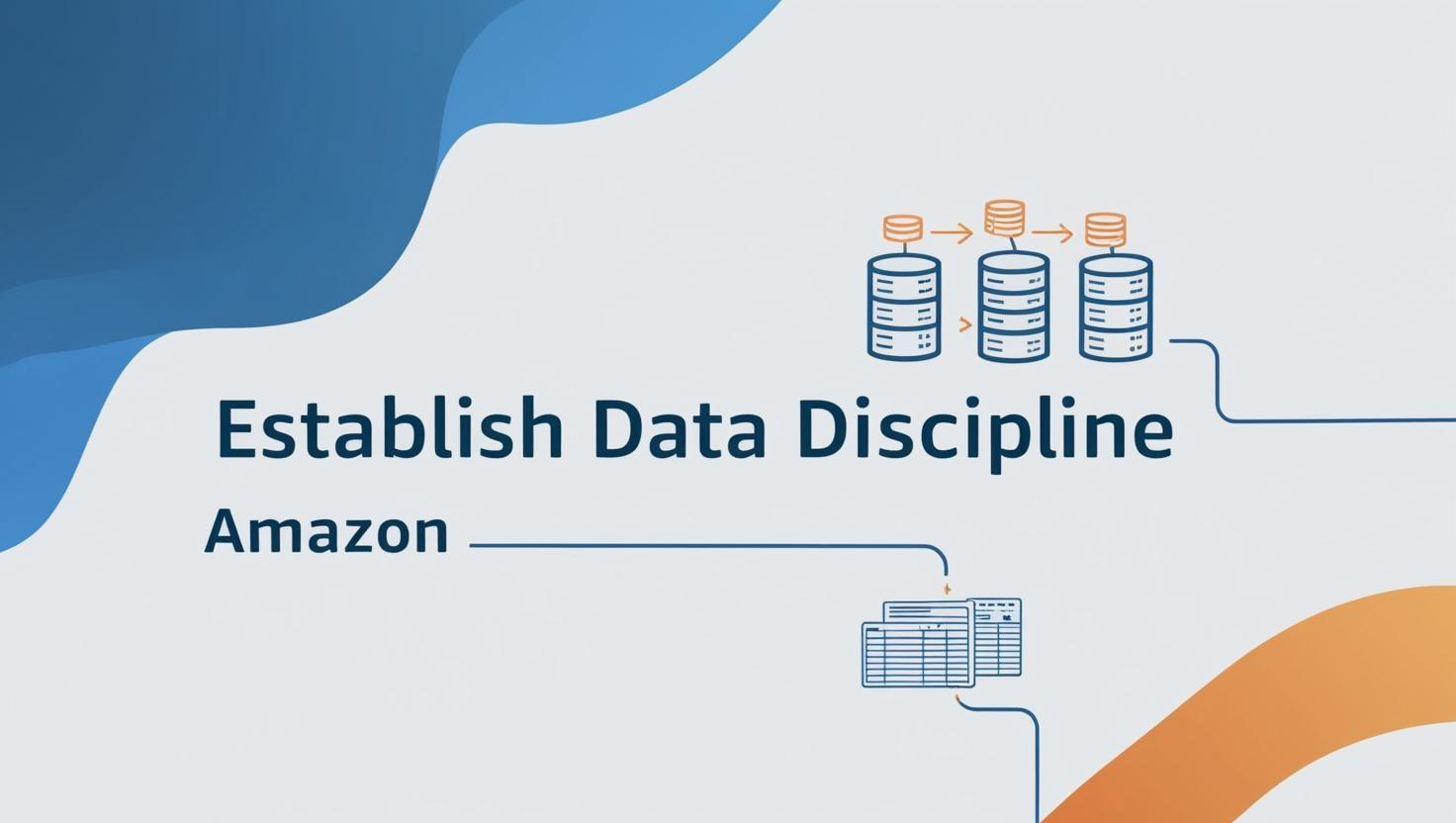
1 — Establish Data Discipline: Laying the Groundwork for DSP Success
The first pivot from PPC to DSP is cultural as much as it is technical: sellers must migrate from a keyword-centric worldview to an audience-centric one. That transition starts with rigorous data discipline. Begin by auditing every existing data source—Seller Central business reports, PPC search-term reports, Brand Analytics dashboards, FBA customer returns, and marketing pixels in external traffic channels. Consolidate this information in a single, queryable environment such as an Amazon Marketing Cloud (AMC) instance or a cloud data warehouse (Snowflake, BigQuery, Redshift). Harmonise naming conventions, unify time zones, and standardise product taxonomies so metrics roll up consistently. Map customer events across touchpoints—ad impressions, detail-page views, add-to-carts, subscribe-and-save enrolments, and repeat purchases—to surface full-funnel behaviour patterns.
Next, use look-back windows to calibrate recency and frequency thresholds. For example, you might find that shoppers who viewed a sponsored video ad and then clicked a Sponsored Product within seven days convert at 42 % higher revenue per user (RPU) than those who waited fourteen days. Those insights will inform DSP frequency caps and bid multipliers later. Finally, set up deterministic, automated pipelines to refresh your audience and performance datasets daily. ETL tools such as Airflow or AWS Glue can ingest incremental changes, while analytics layers such as Databricks or Tableau can surface anomalies—budget pacing swings, off-target impressions, or sudden brand-term cannibalisation—that demand intervention. By institutionalising data hygiene and governance upfront, you create a decision-ready foundation on which DSP campaigns can scale efficiently instead of becoming an opaque line item in the budget.
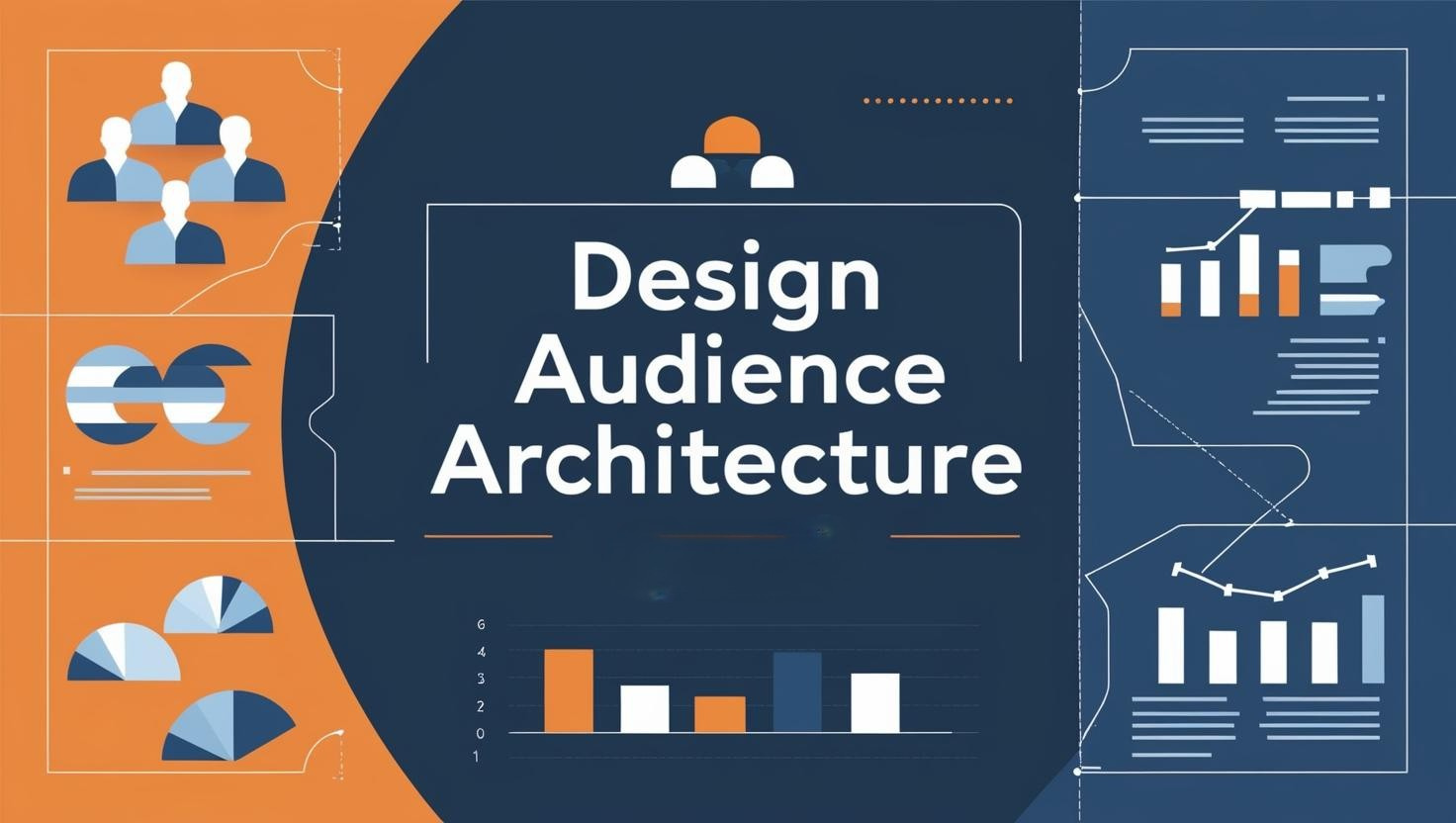
2 — Design Audience Architecture: Building Segments That Outperform
PPC targeting begins with keyword intent: shoppers submit a query, see your ad, and decide whether to click. DSP flips that model on its head—you must define who sees your ad before they ever type a search. Robust audience architecture therefore becomes the beating heart of every DSP playbook. Start by categorising segment objectives into three clusters: prospecting, retargeting, and loyalty. Prospecting leverages look-alike models or contextual placements to introduce the brand to net-new shoppers; retargeting re-engages high-intent viewers who have not purchased; loyalty nurtures existing customers toward repeat or cross-category purchases.
Within each cluster, employ layered rules that reflect real-world shopping cycles. Suppose you sell premium collagen peptides. For prospecting, build an audience of “Wellness Enthusiasts” filtered by women aged 25–45 who have recently viewed sports-nutrition or beauty supplements but have never purchased your category. For retargeting, isolate “cart abandoners” or “detail-page viewers in last 14 days” and exclude purchasers to avoid over-frequency. For loyalty, construct “repeat purchasers 90–180 days ago” and serve them Subscribe-and-Save trial messaging. Each segment should feed its own line item in the DSP console so budgets, bids, creatives, and measurement tags remain discrete. Use creative versioning—static, GIF, and 15-second OTT placements—to test which formats drive the highest detail-page view rate (DPVR) and purchase rate (PR).
Finally, leverage dynamic overlap suppression to avoid saturating the same shopper with conflicting messages. Amazon DSP’s “audience lookback” and “pixel exclusion” settings let you chain logic such as “prospecting segments receive 3 impressions per day, but are suppressed for seven days once they view a product page.” This orchestration prevents wasted spend, protects brand perception, and improves incrementality analyses. As the program matures, feed high-performing DSP segments back into PPC via Amazon’s “Remarketing Audiences” beta to complete the loop, ensuring each dollar invested works harder across channels.
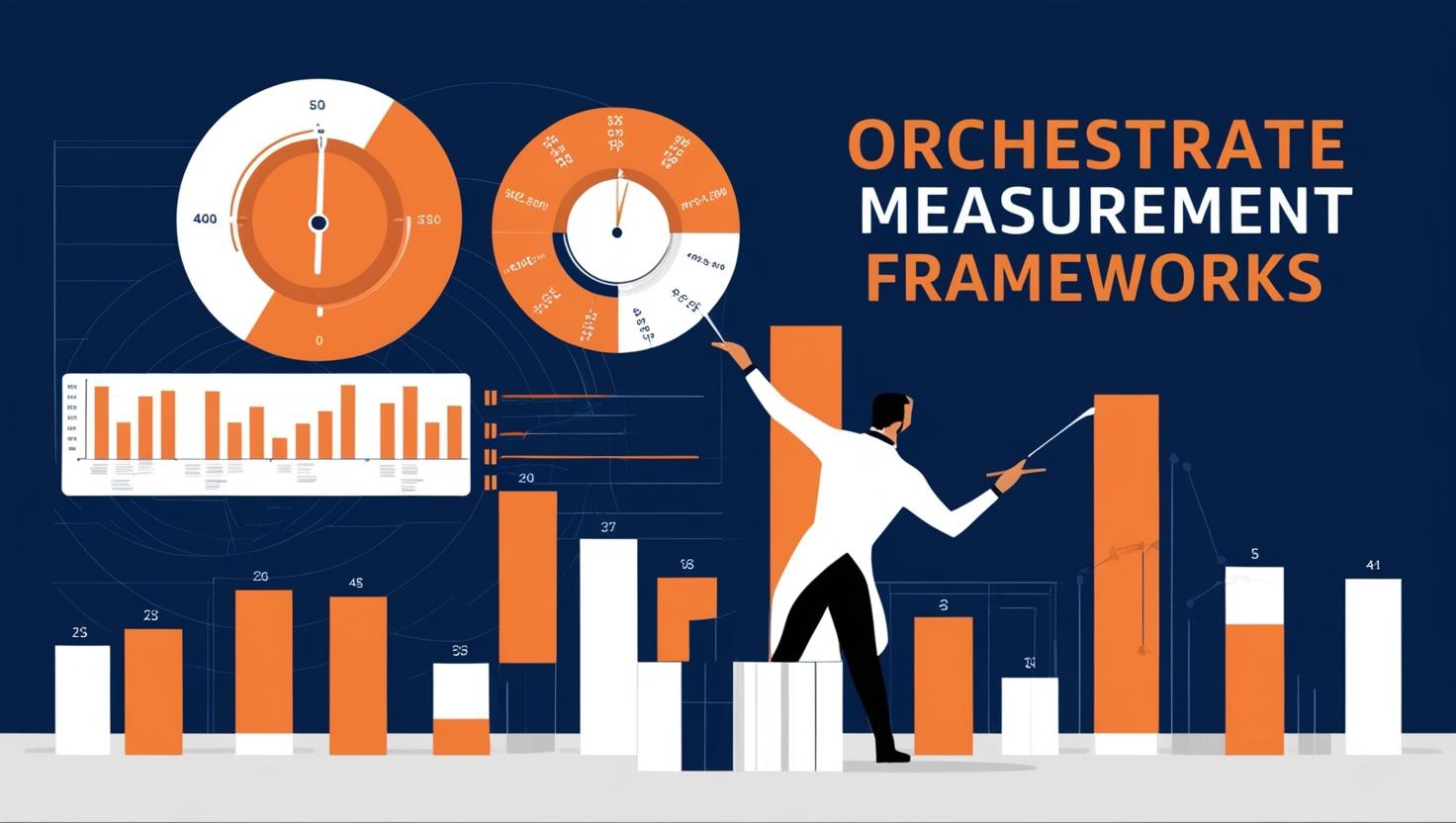
3 — Orchestrate Measurement Frameworks: Proving Incrementality and Profit
Amazon DSP offers granular reporting—impressions, clicks, detail-page views, units ordered, new-to-brand (NTB) sales—but raw metrics alone don’t reveal business impact. Sellers must therefore orchestrate a measurement framework that clarifies how DSP drives incremental revenue beyond what PPC and organic traffic would have achieved on their own. Begin with a hypothesis: e.g., “Serving prospecting OTT ads to look-alike audiences will lift total brand sales by 8 % month-over-month without eroding ROAS.” Translate that hypothesis into Key Performance Indicators (KPIs) such as CPM efficiency, DPVR, NTB ratio, and blended ACOS (b-ACOS).
Next, architect controlled experiments. The DSP console supports audience splits, allowing you to hold out a statistically robust control group. Alternatively, use AMC custom queries to build matched cohorts based on pre-period behaviour, then compare conversion lift between exposed and unexposed audiences. Incorporate Unified Attribution (UA) tags or Amazon Ad Server (AAS) pixels on external landing pages to connect off-site brand engagements back to Amazon conversions, giving you multi-touch clarity. Report findings in a repeatable cadence—weekly pacing dashboards, monthly KPIs, quarterly deep-dives—so stakeholders understand not just what happened but why.
Crucially, integrate DSP data with operational finance. Calculate marginal contribution profit (MCP) by subtracting product cost, Amazon fees, FBA logistics, and ad spend from gross revenue. Overlay lifetime value (LTV) curves for new-to-brand customers acquired through DSP to justify higher initial CPMs when downstream repeat orders deliver net positive cash flow. When economists observe a post-view conversion (PVC) lag of 14 days, they can adjust accrual models and align P&L forecasts. Armed with these frameworks, sellers transform DSP from a “nice-to-have” experimental budget into a proven, scalable profit engine.
Graduating from PPC to DSP is more than flipping a switch in the advertising console—it is a strategic evolution that redefines how Amazon sellers think about audience, creative, and performance measurement. In a retail landscape where shoppers weave seamlessly between streaming services, news sites, social apps, and Amazon search results, relying solely on keyword-triggered ads leaves too many micro-moments unaddressed. Amazon Ads DSP bridges those gaps with first-party intent data, premium omni-channel inventory, and sophisticated attribution pipelines.
The transition, however, demands intentional preparation. Brands that rush into DSP without data discipline risk paying CPM premiums for spray-and-pray impressions that never translate into profitable orders. Sellers who skip audience architecture end up cannibalising existing PPC traffic instead of capturing net-new demand. And advertisers who settle for vanity metrics lack the evidence required to defend budgets when cash-flow pressures escalate. By focusing on the three pillars outlined here—data discipline, audience architecture, and measurement frameworks—sellers create a virtuous cycle in which each DSP flight informs sharper targeting, creative refinement, and budgeting decisions.
Looking forward, Amazon’s advertising roadmap will only deepen the DSP’s capabilities: tighter AMC integrations, real-time identity resolution across devices, retail media collaborations with publishers like Pinterest, and more immersive ad formats in Fire TV and Prime Video. Sellers who build the muscle memory today—clean data pipelines, audience-centric mindsets, and incrementality-based reporting—will be first in line to capitalise on these innovations tomorrow. Meanwhile, PPC continues to deliver bottom-funnel efficiency, and that synergy remains vital. The highest-performing accounts do not abandon PPC; they orchestrate PPC and DSP in concert, letting each channel play to its strengths while feeding insights back into a unified growth engine.
If you are ready to unlock a whole new level of advertising, start small: pilot a single DSP line item focused on high-value retargeting, measure rigorously, and iterate. As confidence grows, layer in prospecting audiences, expand creative formats, and test budget reallocation between DSP and Sponsored Display video. Over time, you will develop an integrated media mix that reaches shoppers wherever they discover, research, and purchase—on Amazon and beyond. That is the future of Amazon advertising, and it is available to forward-thinking sellers today.
Any follow helps us out a lot – Thank-You!
If you like this article and want to explore further insights, discuss collaborative opportunities, or simply connect, please feel free to reach out to me on any of the following :
Work With Us
Hire Us on fiverr
Hire Us on upwork
🔴Book a FREE PPC Audit🔴


